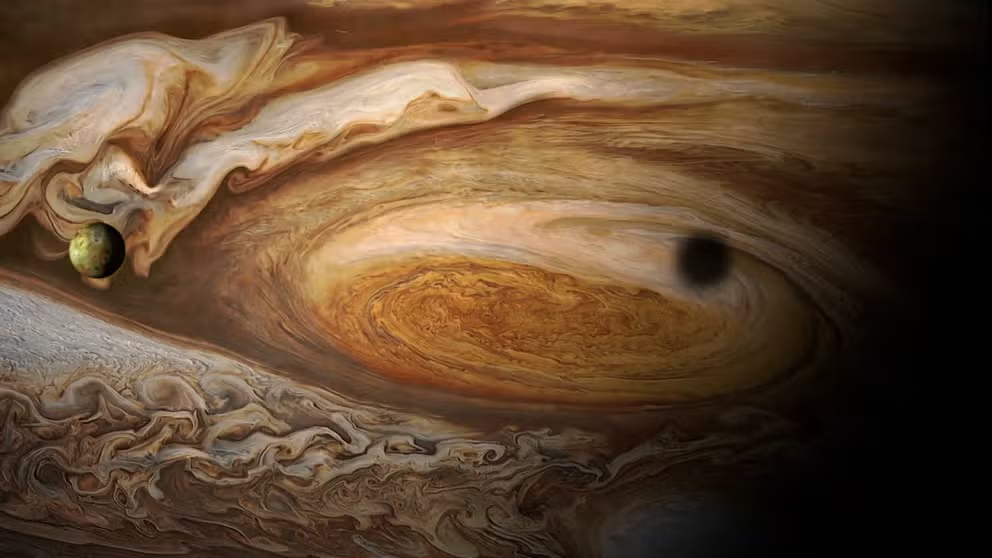Deep space portraits: NASA shares new, enhanced images of Jupiter’s icy moon Europa
Images of Jupiter’s moon Europa were captured on Thursday, Sept. 29, and members of the public enhanced the photos to create stunning images of the ice-encrusted moon.
Exploring Jupiter's Great Red Spot—the biggest storm in our solar system
Famous for its Great Red Spot, Jupiter is a gas giant with some of the most fascinating weather in the solar system.
EUROPA, Jupiter – Citizen scientists are helping NASA study one of Jupiter's 80 moons by enhancing recent images of the ice-crusted Europa that were captured on Sept. 29.
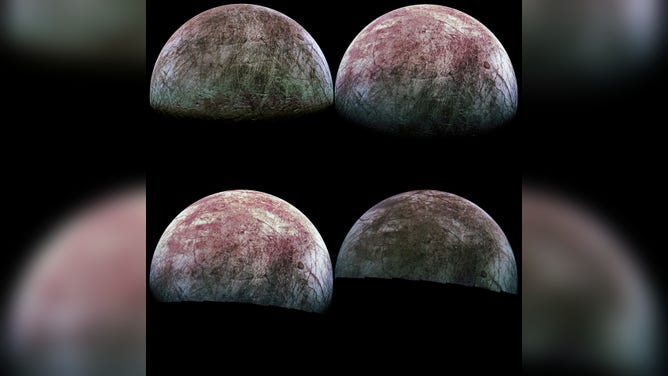
Shots of Europa
(NASA/JPL-Caltech/SwRI/MSSS/Thomas Thomopoulos © CC BY)
The photos of Europa were taken by JunoCam, a camera affixed on the NASA spacecraft Juno. Juno entered Jupiter’s orbit on July 4, 2016, and the photos taken last week were some of the first images of Europa from this mission.
As part of the mission, JunoCam is capturing images in a raw file format and then making them available to the general public – who NASA refers to as citizen scientists – to view, analyze and process.
The photos of Europa not only highlight features of the moon’s surface, but also the creativity of the public who processed the photos.
Citizen scientists, citizen artists
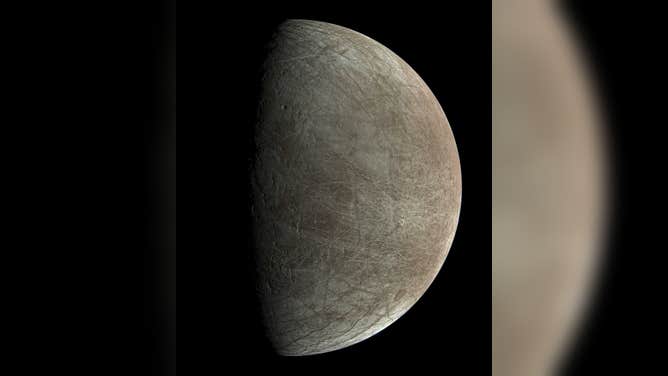
This view of Jovian moon Europa was created by processing an image JunoCam captured during Juno’s close flyby on Sept. 29.
(Image data: NASA/JPL-Caltech/SwRI/MSSS Image processing by Björn Jónsson CC BY-NC-SA 2.0)
The first picture (above) was taken over a region near Europa’s equator. It was the closest image captured by JunoCam, taken from an altitude of 945 miles, and shows lines of pits and troughs scrawled across the icy surface. The features are made more apparent in a version of the image processed by Björn Jónsson.
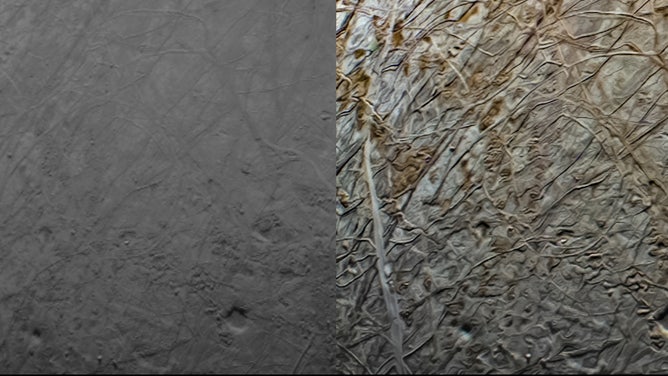
This pair of images shows the same portion of Europa as captured by the Juno spacecraft’s JunoCam during the mission’s Sept. 29 close flyby. The image at left was minimally processed. A citizen scientist processed the image at right, and enhanced color contrast causes larger surface features to stand out.
(Image data: NASA/JPL-Caltech/SwRI/MSSS Image processing: Navaneeth Krishnan S © CC BY)
Another image (above) provides an even closer look at Europa’s surface features. In a version processed by Navaneeth Krishnan, the image shows even more distinct features, with lines and shadows that make the surface features look like veins.
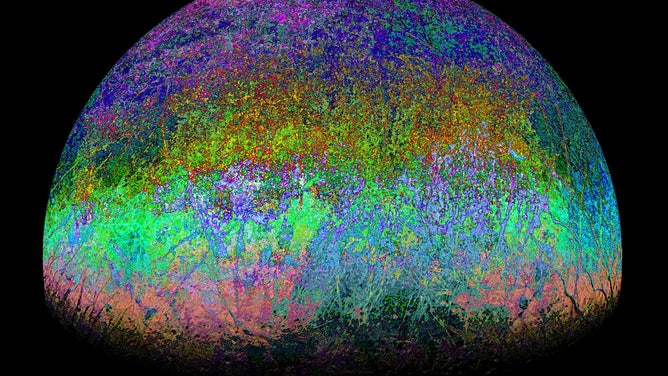
This highly stylized view of Jupiter’s icy moon Europa was created by reprocessing an image captured by JunoCam during the mission’s close flyby on Sept. 29.
(Image data: NASA/JPL-Caltech/SwRI/MSSS Image processing: Kevin M. Gill / Fernando Garcia Navarro CC BY 2.0)
A different image (above) shows a more colorful version of Europa. Processed by Fernando Garcia Navarro, the image takes inspiration from one processed by another citizen scientist Kevin M. Gill and splashes shades of pinks, purples and other colors on the moon.
The importance of Europa
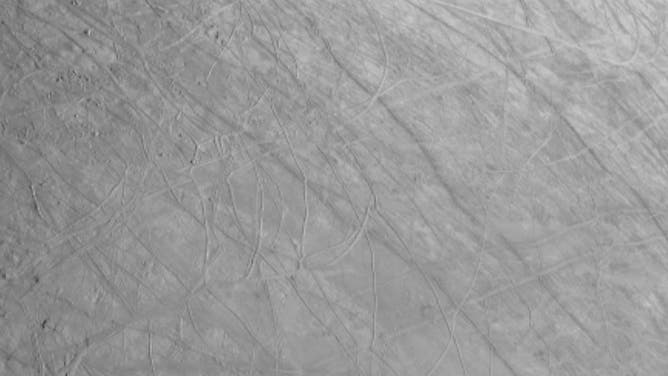
The complex, ice-covered surface of Jupiter’s moon Europa was captured by NASA’s Juno spacecraft during a flyby on Sept. 29, 2022. At closest approach, the spacecraft came within a distance of about 219 miles (352 kilometers).
(NASA/JPL-Caltech/SWRI/MSSS)
Europa is one of Jupiter’s 80 moons. With a diameter slightly smaller than Earth’s moon, Europa is Jupiter’s fourth-largest moon.
Europa is the most promising place to look for life beyond Earth, according to NASA.
Scientists believe that, underneath the 10- to 15-mile-thick shell of ice around the moon, Europa may contain a vast ocean of salty water. This ocean may contain double the amount of Earth’s oceans combined, and it is here where life might exist.
NASA has a mission planned to visit Europa in October 2024. Called Europa Clipper, it will investigate whether the moon could truly sustain life.
